Close encounters in the Galapagos
A reminder of the wonder of life on Earth
Before their first trip ashore, everyone who comes to the Galapagos is briefed on national-park rules. They’re the sort of thing you’d expect of the world’s premier wildlife destination: no touching animals, no straying off designated paths, no flash photography.
Peter Freire, president of the Association of Guides in the Galapagos and the guide for my cruise, wound up his talk before Española island with a rule of his own: watch your step. They haven’t added that to the official list yet. They should. As Peter explained: “In the Galapagos, the animals don’t run away.”
More than its abundance, it’s the tameness of life in the Galapagos that leaves you slack-jawed. The archipelago is ark-full of madly bizarre species: iguanas that graze underwater, tropical penguins, primordial tortoises the size of wheelbarrows, daisies that grow to be 20m trees. “The natural history of these islands is eminently curious,” Charles Darwin said with masterly understatement.
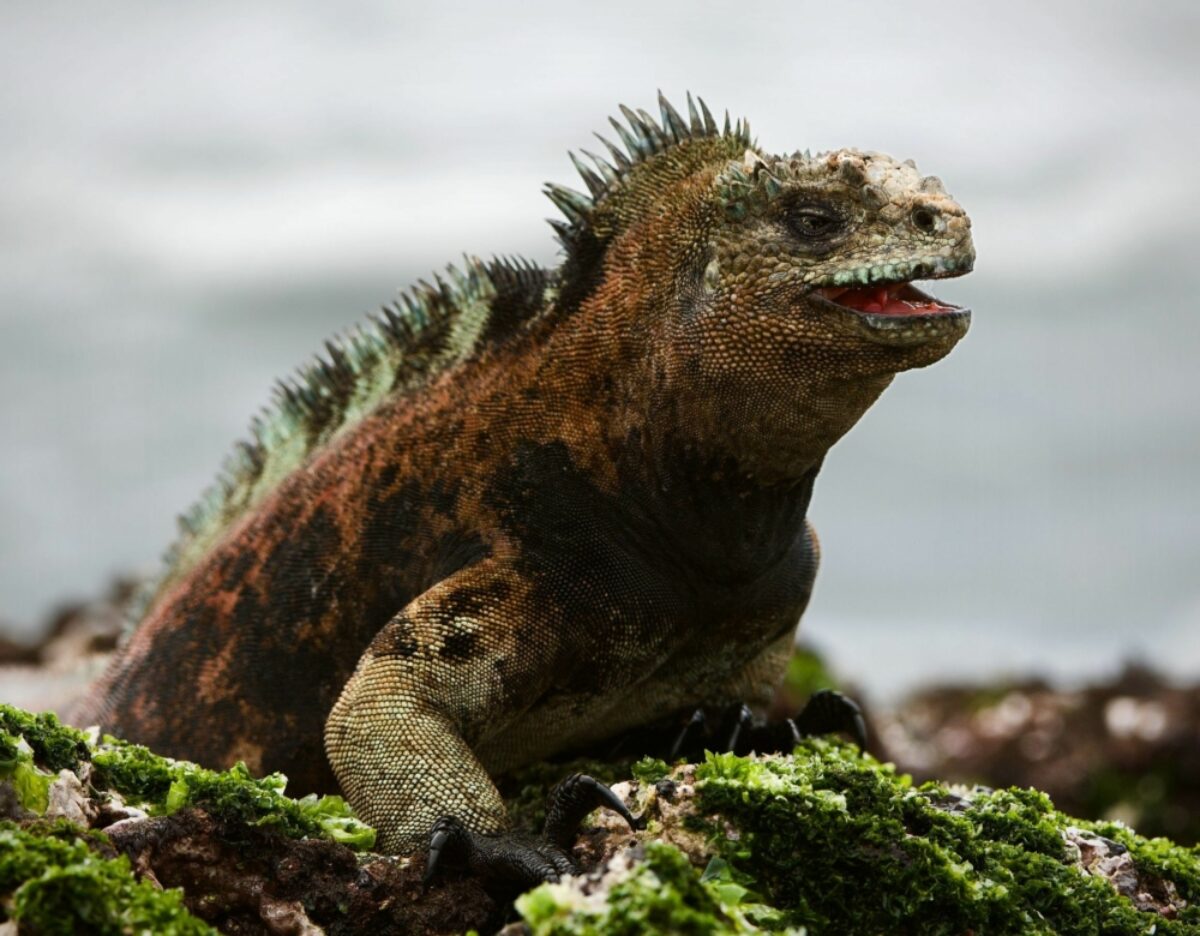
Galapagos marine iguana
Around 95% of the archipelago’s reptiles and 80% of its land birds are found nowhere else on Earth. They are some of the strangest concept creatures ever put into limited production, and, after millennia of isolation in a remote evolutionary laboratory, none have acquired the genetic nous to realise that fleeing from humans is usually prudent. The Galapagos is the only wildlife destination where you don’t need binoculars.
When Darwin visited in 1835, a mockingbird landed on the mug he was holding and drank. Little has changed. During my first breakfast in Santa Cruz, the most populated of the Galapagos’ islands, finches pecked at crumbs on my plate. Later at the harbour, sea lions dozed on benches like family dogs. They barely opened their eyes as I passed.
Such moments feel revelatory. They seem to confirm the Galapagos as a last Eden. (I should add that aside from those places practically still smoking from the Earth’s oven – Fernandina, Isabela and Santiago – its scrubby, sunbaked islands are nothing special scenically.)
Yet no encounter at Santa Cruz prepares you for one of the uninhabited islands. We landed on Española beside sea lion pups surfing waves as their mothers sunbathed on the beach, flippers draped over younger siblings. On the shoreline, marine iguanas were so numerous we had to pick a path through them. Watch your step, indeed.
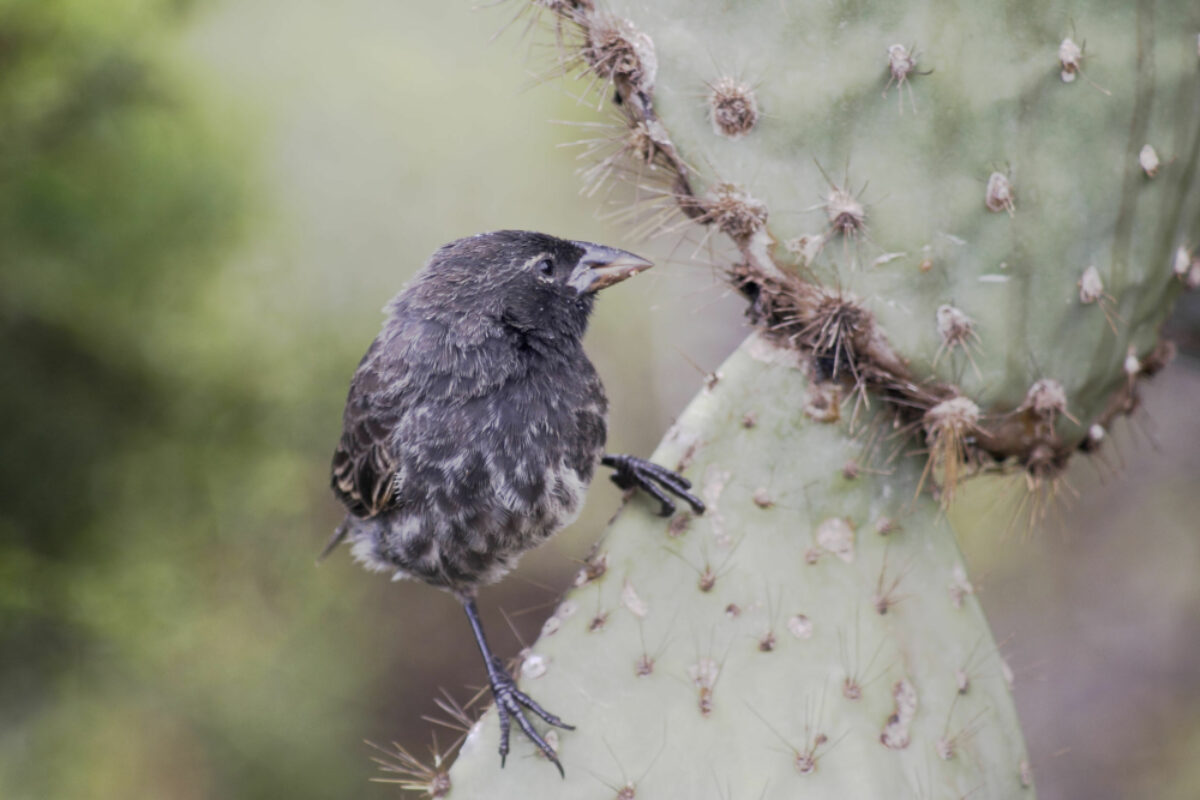
A Galapagos common cactus finch, of Charles Darwin fame
More species piled up as we walked: Sally Lightfoot crabs painted like Regency dandies, Darwin finches, skittish lava lizards, delicate red-billed tropicbirds, the world’s only colony of waved albatrosses, adults soaring effortlessly, downy youngsters testing the breeze under outstretched wings. At one point I sat an arm’s length from a Galapagos hawk. We stared at each other, eyeball to eyeball, it twisting its head upside down to make sense of me. It was quite a moment.
Such close-encounters offer more than brilliant photos. They’re a front-row seat on behaviour. In the Galapagos you don’t just see. You watch.
On Genovesa, an avian wonderland teeming with birds, I squatted beside a pair of courting Nazca boobies. They wooed each other with twigs and groomed. When they bickered the female waddled away on comically oversized feet, prompting males nearby to puff out their chests and whistle. It would’ve felt like a wildlife documentary staged for my benefit if the same weren’t happening everywhere you looked. Later, when three frigatebirds ambushed a booby, dragging it out of the sky until it vomited its last meal, it had all the drama of a dogfight.
The fascination is not confined to land, either. Supported by five ocean currents, marine life is kaleidoscopic too. Most cruises offer frequent opportunities for snorkelling. In the shallows at Floreana I swam with grazing turtles the size of side-tables, the four of us shimmering in the slippery subaquatic light, swaying as one to the Pacific swell. Off Espanola I acquired an escort of sea-lion pups. They followed me when I dived, spiralling through bubbles from my snorkel and peering into my mask.
Did I mention the beaches? David Attenborough never does but he ought to. They’re white and powdery -- beaches of dreams except with sea lions not sunbathers.
Perversely, they’ve also become a problem. The Galapagos receives around 245,000 visitors a year -- a number at the limit of sustainability. In candid moments conservation officials admit budget land-based tourism is a problem. Too many people now see it as jolly beach holiday with a few wildlife day trips.
Surely, the Galapagos is more than that. It’s a reminder of the wonder of life on Earth. And also its fragility.
The chances are you’ll only go once, so do it respectfully. Self-contained small-boat cruises are less damaging to this vulnerable biosphere (fewer people also means more rewarding trips ashore, so a win-win). I’d urge you to bring a water bottle too. Yes, plastic pollution is a problem even here.
Tourists have a responsibility to this astonishing ecosystem. Just as local fishermen finned sharks until they realised they were more lucrative for tourism, it’s up to us to make the right choices for its future. Otherwise the wildlife might finally learn how to flee.
Featured Trips
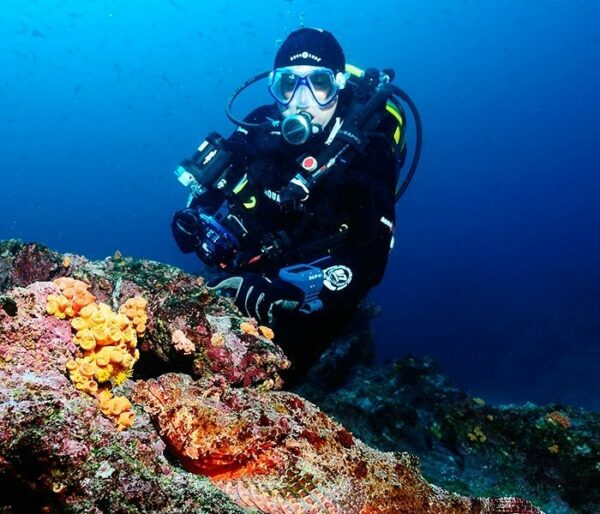
Galapagos Dive Safari
The Galapagos Marine Reserve is among the largest in the world, a sanctuary for hundreds of different species, many highly endangered…
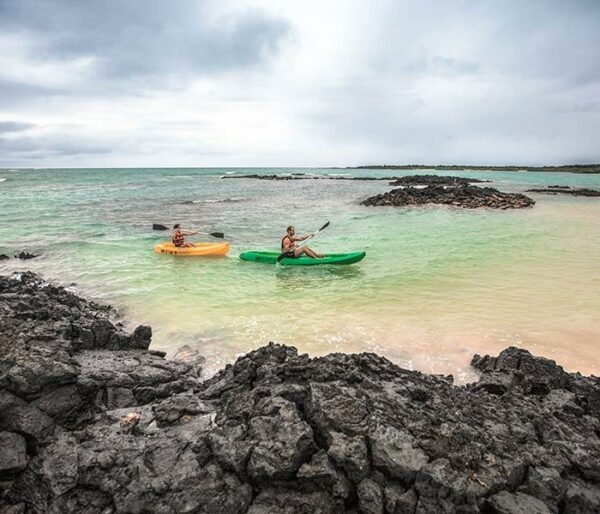
Classic Galapagos Safari
Galapagos Safari Camp offers a combination of activities on Santa Cruz Island and boat excursions to beautiful, uninhabited neighbouring islands such as North Seymour, Bartolomé, Plazas and Santa Fe islands…
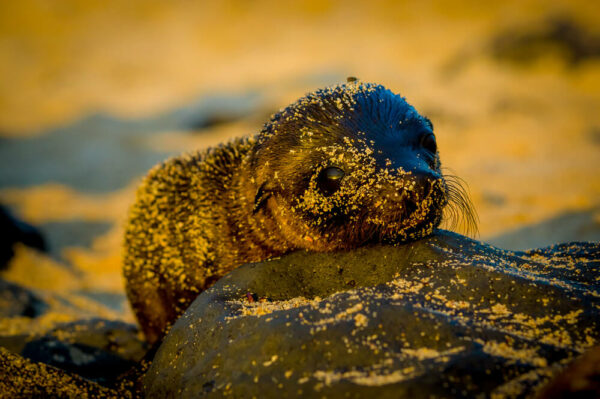
Galapagos Cruise & Ecuador Mainland
Begin your trip with several days on the Ecuadorean mainland, exploring Quito and the surrounding highlands…




